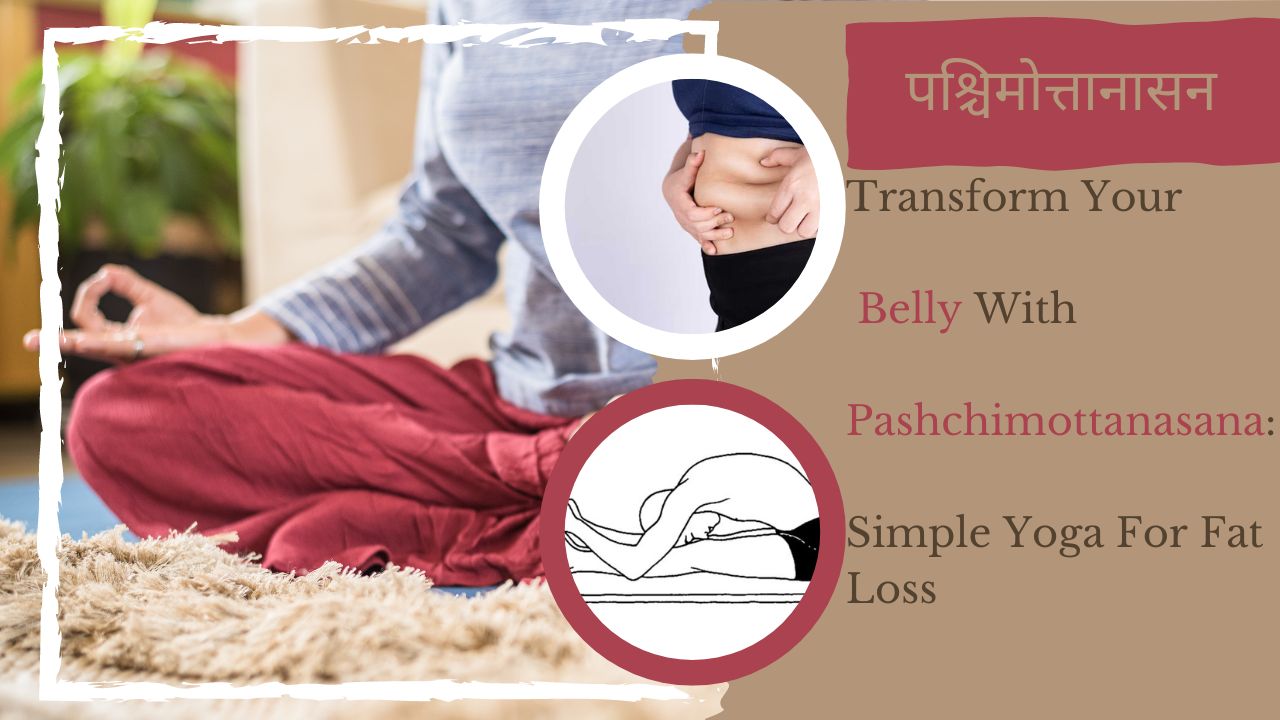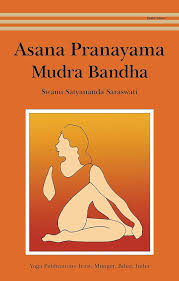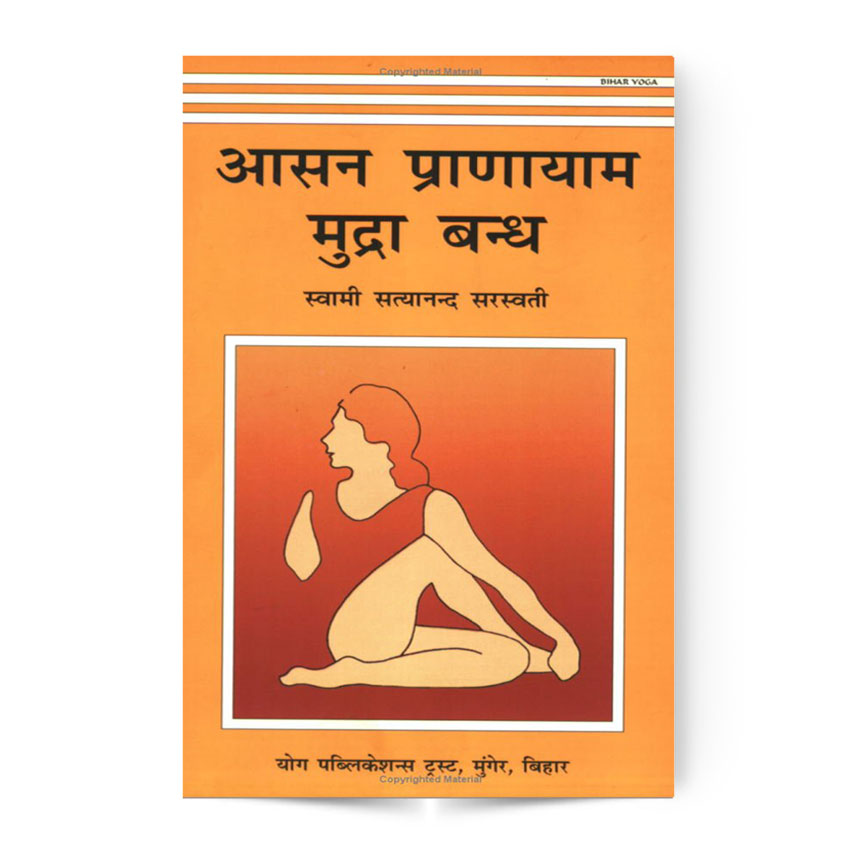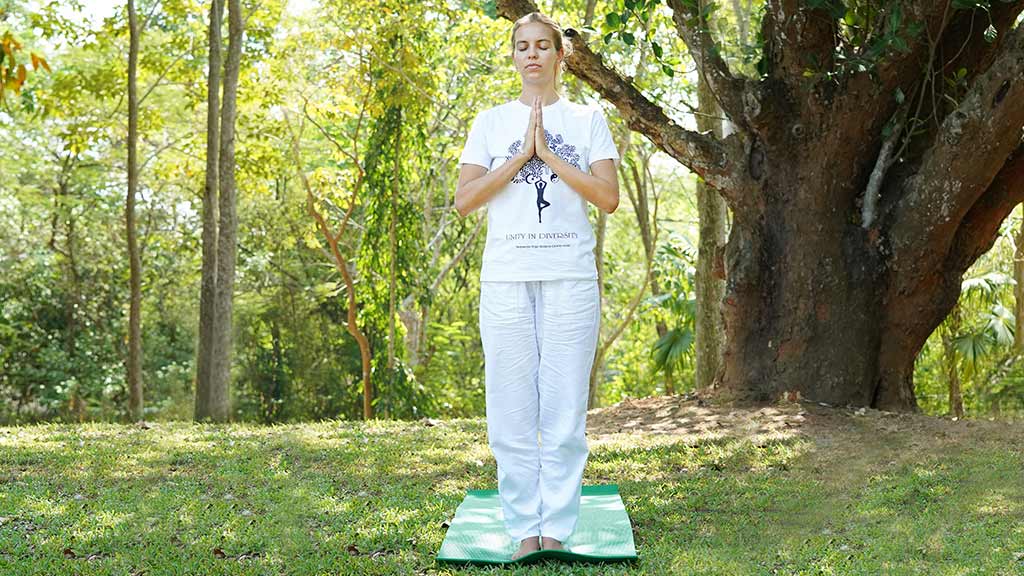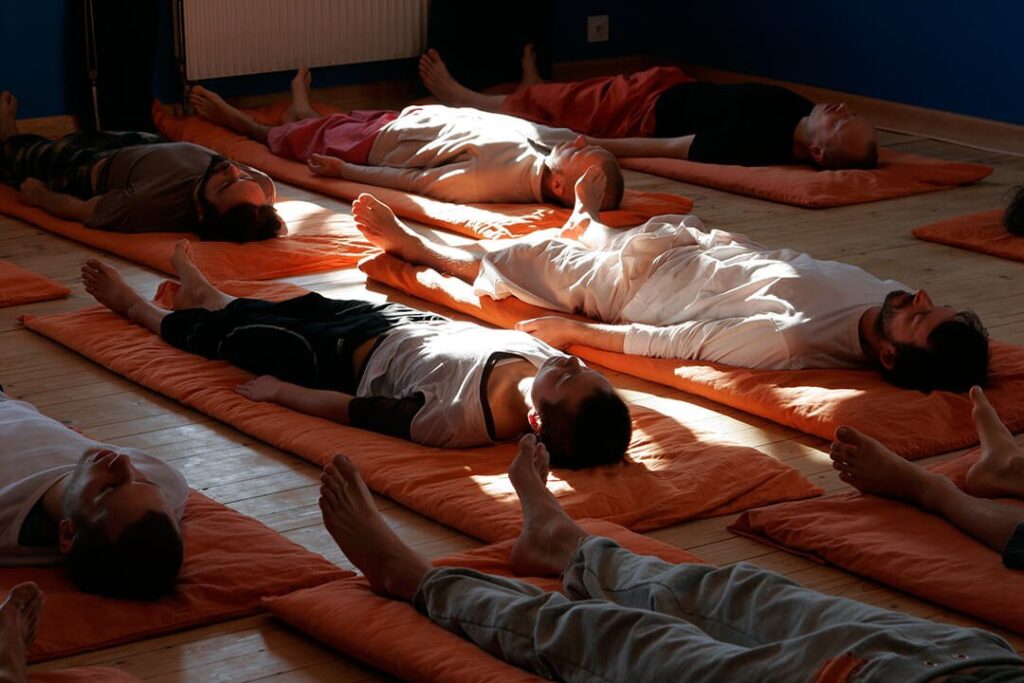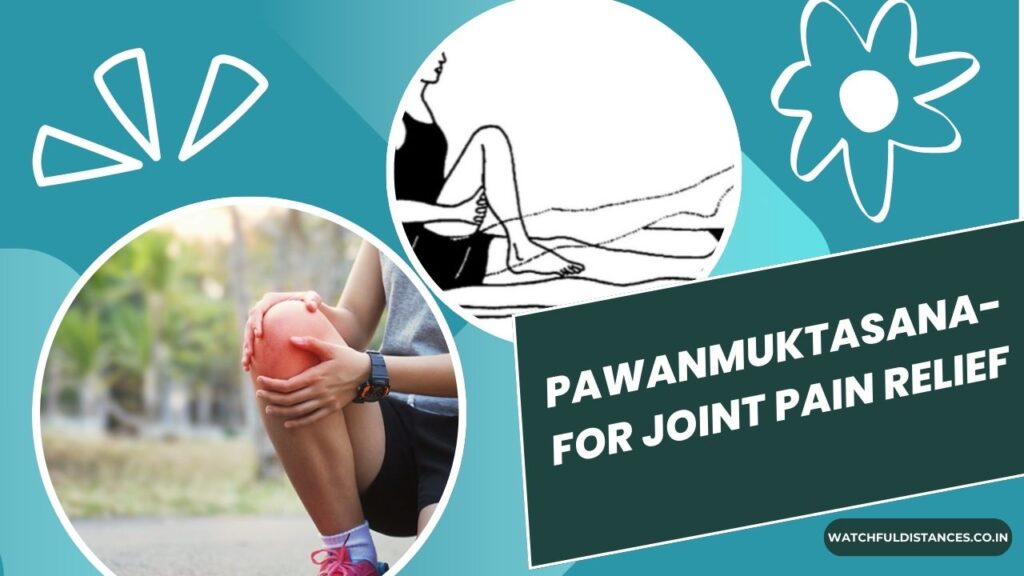Belly fat not only deforms normal body shape but also increases the chances of health risks. Though Asanas and Pranayamas should be done under the guidance of a good yoga teacher, Pashchimottanasana is an easy-to-do and effective Asana for reducing belly fat and can be done just by following instructions from any good source carefully. If belly fat is a concern, indian culture’s old practices should not be forgotten to include in our daily routine. Let’s see here about belly fat, Pashchimmotanasana and old ancestral practices.
हिंदी में पढ़ने के लिए अपनी डिवाइस स्क्रीन के ऊपरी दाएं कोने पर "Hindi" पर क्लिक करें I
Belly Fat And Its Causes
Excess amount of fat at abdomen part of the body due to various reasons is belly fat and that is quite visible as it deforms the general shape of the human body. Belly fat also exists in deep inside the abdomen apart from just below the skin.
Below the skin fat is called subcutaneous fat, while the fat which exists deep inside the abdomen surrounding inside-organs is called visceral fat.
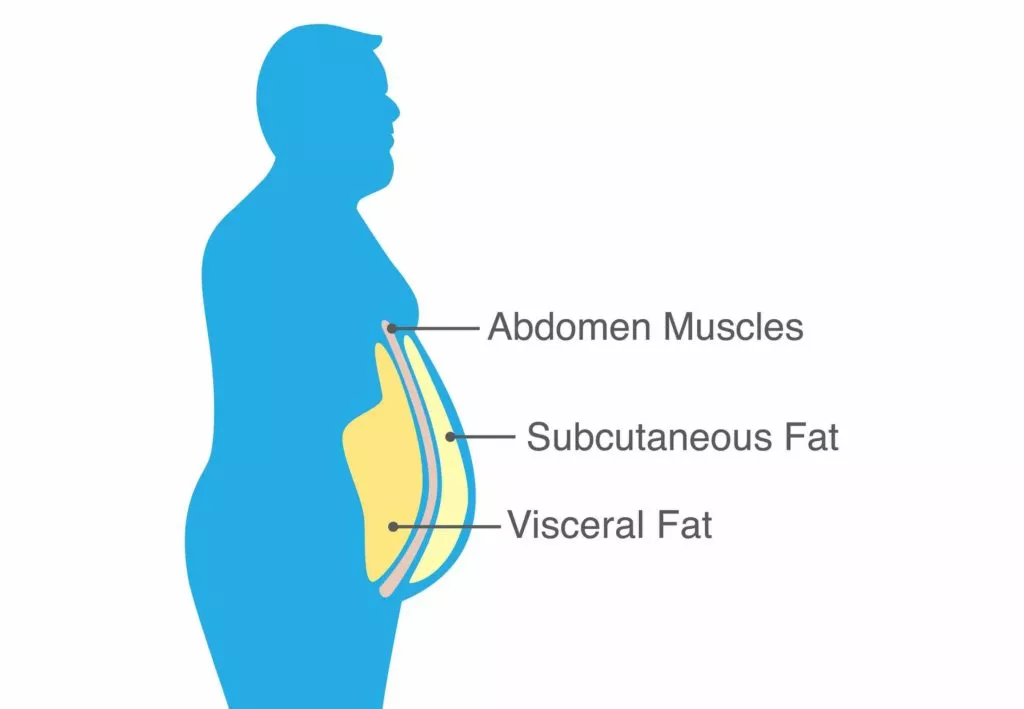
Following are the factors for overweight or obesity of the human body :
- Calories intake everyday,
- Calories burned off everyday,
- Age,
- Genetics
Continuous accumulation of extra calories as much amount of difference of calories intake( eating, drinking etc.) and burned off( physical activities, exercises etc.) on daily basis results in overweight or obesity including belly fat.
Age is an essential factor in maintaining a healthy body weight. As people get older, they lose body muscles. Loss of muscles reults in decreased rate of calory usage by body. Eventually it results in as a challenge to maintain healthy weight.
Overweight or Obesity might also be due to the genetic reasons. Genetics can be one of the deciding factors of the places or body parts for accumulation of fats.
Pashchimottanasana ( Seated Forward Bend )
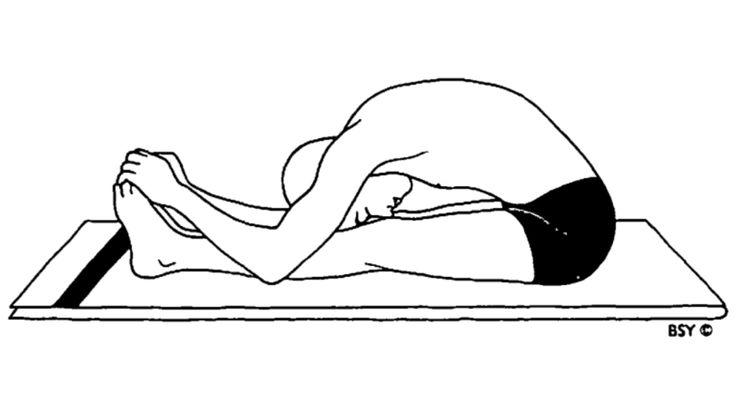
- Sit down and outstretch the legs. Keep both feet together touching each other. Put the hands on knees. This is initial position.
- Keep the entire body relaxed.
- Moving hands forward on legs by bending forward through bottom, try to touch and hold the big toe. If it is not possible then try to touch and hold heels or ankles or any part of the legs, which can be hold comfortably.
- Bending forward in step 3 hould be gently, without force or any jerk to the body.
- Stay in this position for a while and get the legs and back muscles relaxed.
- Keeping the legs straight, fold elbow through shoulder muscles( not by back muscles) and try to hold the big toe or heels or ankles or any part of the legs tightly and lean down the main body part forwards.
- Try to touch knees by forehead but do not exert force. This is final postion.
- Stay in this position for as much time as you can comfortably and get the body relaxed.
- Now return to the initial position gently.
- This much is one round of Pashchimottanasana.
Breathing :
- Inhale at initial position. Exhale at bending forward.
- Breath in and out slowly and deeply, if stayed for longer time at final position. If for a while- be in breath out state.
- Return to the initial position slowly with breathing in.
Duration :
Beginners should do this yogasana for five rounds. In each round, staying for a while at final position. Experienced practitioners can stay upto 5 mins at final position.
Awareness :
On abdomen, relaxation of back muscles, slow and deep breathing.
Order :
Asanas with bending backward like Setuasana, Chakrasana, Bhujangasana or Matsyasana should be done before or after this asana.
Limitations :
Persons with sciatica or slip-disc problem should not do Pashchimittanasana.
Benefits :
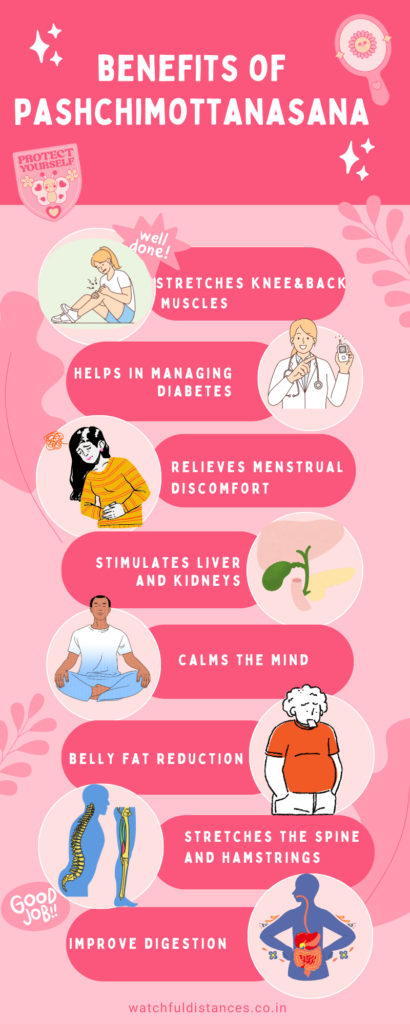
- Pashchimottanasana stretches muscles back of the knees and grow the flexibility of the bottom-joints.
- Reduces the weight gain at abdomen area.
- Helps in managing diabetes.
- Relieves menstrual discomfort.
- Stimulates Liver and Kidneys.
- Calms the mind.
- Stretches the Spine and Hamstrings.
- Improves digestion.
Reference Book
Health Risks Of Belly Fats ?
- High blood pressure,
- An unhealthy amount of fat in blood,
- Heart disease,
- High blood sugar and diabetes,
- Stroke,
- Fatty Level,
- Sleep Apnea.
Natural And Holistic Way Of Living Of Our Ancestors Which Kept In Check The Belly Fat
In traditional Indian culture, ancestors had various natural and holistic ways to reduce belly fat, often rooted in Ayurveda, yoga, and dietary practices. Here are some methods they followed:
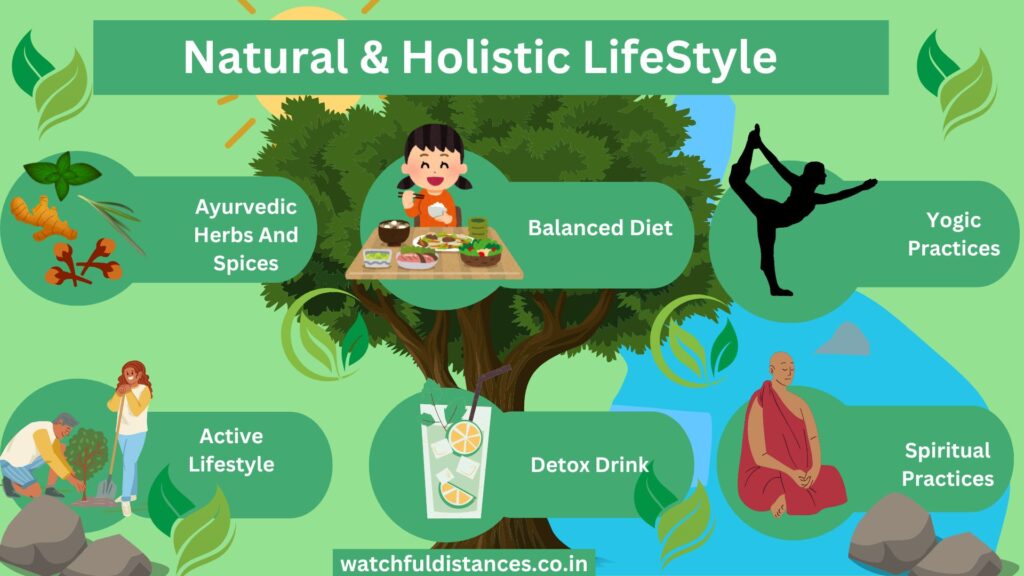
1. Ayurvedic Herbs and Spices
- Triphala: A combination of three fruits (amla, bibhitaki, and haritaki) was often used to detoxify the body and improve digestion, which in turn helped reduce belly fat.
- Guggul: An herbal remedy used to balance metabolism and reduce fat accumulation, especially around the abdominal area.
- Turmeric: Known for its anti-inflammatory properties, turmeric was used to aid digestion and fat metabolism.
- Fenugreek (Methi): Drinking soaked fenugreek water in the morning helped regulate blood sugar levels and control weight.
2. Balanced Diet
- Satvic Diet: A simple, plant-based diet with fresh fruits, vegetables, whole grains, and legumes. It helped maintain a healthy weight by avoiding excess fats and processed foods.
- Portion Control: Ancestors followed mindful eating habits, eating smaller portions at regular intervals, which helped prevent overeating.
- Intermittent Fasting: The practice of fasting on certain days, like Ekadashi, helped reset metabolism and reduced fat accumulation.
3. Yogic Practices
- Surya Namaskar (Sun Salutations): A set of 12 yoga poses, this was commonly practiced for full-body toning and specifically effective in reducing belly fat.
- Kapalbhati Pranayama: A powerful breathing technique that helps burn fat by stimulating abdominal muscles.
- Bhujangasana (Cobra Pose): Helps stretch the abdominal region, strengthen core muscles, and reduce belly fat.
- Dhanurasana (Bow Pose): Another effective asana to tone the belly and improve digestion.
4. Active Lifestyle
- Daily Physical Activity: Walking, farming, household chores, and other daily activities kept them physically active, which naturally prevented fat accumulation.
- Squatting and Sitting on the Floor: Indian ancestors often squatted or sat cross-legged while eating or working, which engaged the abdominal muscles and improved digestion.
5. Detox Drinks
- Lemon Water: Drinking warm lemon water with honey in the morning was a common practice to detoxify the system and kickstart metabolism.
- Cumin (Jeera) Water: Boiled cumin seeds in water were consumed for better digestion and to reduce belly fat.
- Ginger Tea: Ginger is known to improve digestion and burn fat; it was often consumed as tea or added to meals.
6. Spiritual Practices
- Meditation and Stress Reduction: Meditation and practices like chanting mantras helped reduce stress, which is often linked to weight gain, particularly around the belly area.
These holistic practices, when combined with a balanced lifestyle, helped ancestors maintain a healthy body and reduce belly fat naturally.
Belly Fat Measurement
Waist size of more than 35 inches for men and women is generally considered indicative of exces belly fat according to the WHO and Indian health bodies.
With the age, some changes on health are inevitable to happen, though by adapting yogasanas and healthy old practices, avoidable and controllable changes can be kept in check for the healthy body.
YouTube Short
FAQs
How long one should hold Pashchimottanasana ?
For beginners- for a while.
For experienced- upto 5 mins.
In both cases, staying at final position should not be forcibly.
Is Pashchimottanasana good for heart ?
It helps in reducing anxiety and boosts blood circulations thus is good for heart health.
Who can not perform Pashchimottanasana ?
Anyone suffering with back pain, slip disc, sciatica should not perform this Asana.
Credits
Reference : Mayo Clinic
Also Read :

